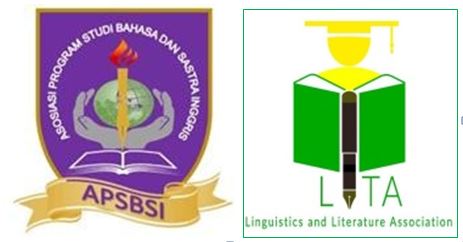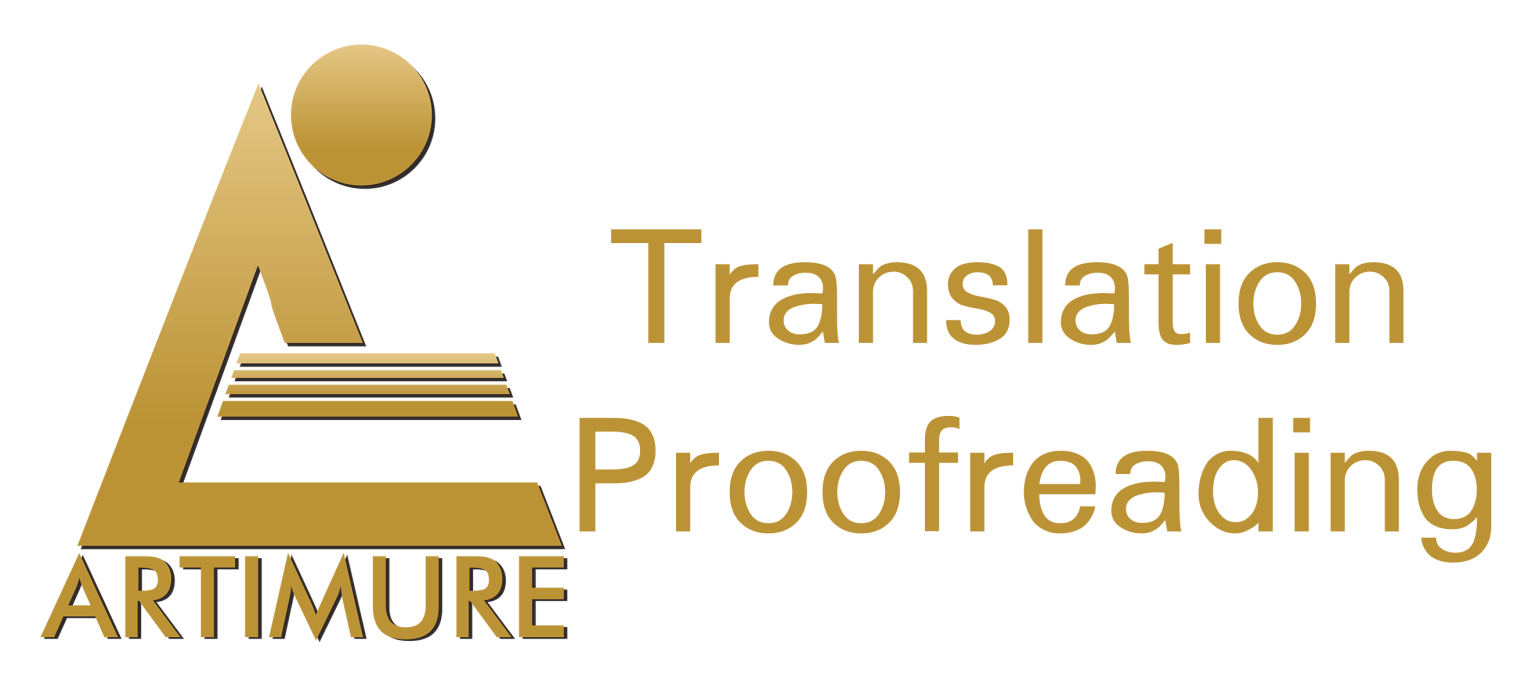The Implementation of Communicative Language Teaching Approach in Selected Secondary School: Nepalese Teachers' Perspective
DOI:
https://doi.org/10.31849/utamax.v3i3.8242Keywords:
communicative language teaching, perceptions, challenges, EFL situations, Secondary-Level English teachersAbstract
Throughout the history of second/foreign language teaching, several methods and approaches have been developed. Among them, Communicative Language Teaching (CLT) has been a popularly practiced method in the modern context as there are a large number of teachers around the world who claim that they are using CLT. However, previous studies revealed that there is a discrepancy between their claim and their performance in real practice. Therefore, this research aims at exploring the perceptions of Secondary-level English teachers towards the CLT method along with the activities they use and the challenges they encounter. Using a qualitative descriptive inquiry, a close-ended questionnaire was sent via e-mail to the four purposively selected teachers teaching in public Secondary-schools in Kanchanpur, Nepal. In addition, an interview protocol was used with Four of the teachers. The findings of the study revealed that the teachers had positive perceptions towards the CLT method. However, the present study also highlighted that the teachers did not involve many communicative activities which are essentially needed for the successful implementation of the method. This study further exposed that the participants seem encountered several challenges while implementing the CLT method which is quite similar to the challenges faced by the teachers in the region. These results emphasized that the teachers should try to contextualize and maximize communicative activities amidst the challenges.
References
Abahussain, M. O. (2016). Implementing communicative language teaching method in Saudi Arabia: challenges faced by formative year teachers in state schools. [Doctoral thesis, University of Stirling]. STORRE: Stirling Online Research Repository. https://dspace.stir.ac.uk/handle/1893/24166#.YaG7zKJBzIU
Abate, E. B. (2014). Prospects and challenges of Communicative Approach in EFL context. Research on Humanities and Social Sciences, 4(25), 128-136.
Adhikari, B. R. (2010). Teaching speaking in the Nepalese context: Problems and ways of overcoming them. Journal of NELTA, 15(1-2), 1-9. https://doi.org/https://doi.org/10.3126/nelta.v15i1-2.4602
Alalwi, F. S. (2021). EFL teachers-related challenges when using communicative language teaching. Applied Linguistics Research Journal, 5(5), 1-5. https://doi.org/10.14744/alrj.2021.08379
Appadurai, A. (2006). Disjuncture and difference in the global cultural economy. In M. G. Durham & D. M. Kellner (Eds.), Media and cultural studies: Key works (pp. 584-603). Blackwell Publishing Ltd.
Asmari, A. A. A. (2015). Communicative language teaching in EFL university context: Challenges for teachers. Journal of Language Teaching Research, 6(5), 976-984. http://dx.doi.org/10.17507/jltr.0605.09
Bhandari, B. L. (2020). Methods and techniques used by English teacher educators in Nepal. Journal La Edusci, 1(4), 9-15. https://doi.org/10.37899/journallaedusci.v1i4.211
Canale, M. (1980). Theoretical bases of com-municative approaches to second language teaching and testing. Applied Linguistics, 1(1), 1-47.
Chamlagain, B. (2004). Problems in applying communicative approach in secondary level [Unpublished M. Ed Thesis]. Tribhuvan University Kathmandu.
Chang, M., & Goswami, J. S. (2011). Factors affecting the implementation of Communicative language teaching in Taiwanese college English classes. English Language Teaching, 4(2), 3-12. https://doi.org/10.5539/elt.v4n2p3
Chen, M. (2014). Postmethod pedagogy and its influence on EFL teaching strategies. English Language Teaching, 7(5), 17-24. https://doi.org/10.5539/elt.v7n5p17
Chickering, A. W., & Gamson, Z. F. (1987). Seven principles for good practice in undergraduate education. AAHE Bulletin, 39(3), 3-7. https://files.eric.ed.gov/fulltext/ED282491.pdf
Courtney, D. (2020). Activities to activate and maintain a communicative classroom. English Teaching Forum, 58(1), 10-21
Curriculum Development Centre. (2007). National curriculum framework for school education in Nepal. Bhaktapur
Curriculum Development Centre. (2019). National Curriculum Framework. Bhaktpur,
Dewi, R. S., Kultsum, U., & Armadi, A. (2017). Using communicative games in improving students’ speaking skills. English Language Teaching, 10(1), 63-71. https://doi.org/10.5539/elt.v10n1p63
Gholami, V., Moghaddam, M. M., & Attaran, A. (2014). Towards an interactive EFL class: Using active learning strategies. Research on Humanities and Social Sciences, 4(19), 190-194.
Hattani, H. A. (2018). Communicative Language Teaching in the Moroccan EFL classroom. Journal of English Language Teaching and Linguistics, 3(2), 87-98. https://dx.doi.org/10.21462/jeltl.v3i2.108
Holliday, A. (1994). The house of TESEP and the communicative approach: the special needs of state English language education. ELT Journal, 48(1), 3-11.
Hussein, S. (2018). Factors affecting the implementation of Communicative Language Teaching in Libyan secondary schools (Publication Number UMI No.11017840) [Doctoral dissertation, Sheffield Hallam University]. Dissertations and Theses. https://shura.shu.ac.uk/23409/1/Hussein_2018_PhD_FactorsAffectingThe.pdf
Jora, M. B. (2019). ELT in Nepal: Exploring the paradigm shift. International Journal of Scientific and Research Publications, 9(1), 784-788. https://doi.org/http://dx.doi.org/10.29322/IJSRP.9.01.2019.p8597
Karki, M. (2014). Classroom implementation practices of the Secondary Level English curriculum: A case of Nepal. Journal of NELTA, 19(1-2), 88-98.
Koirala, D. (2013). Attitudes of teachers towards communicative approach [Unpublished M. Ed. thesis, Kirtipur, Tribuvan University.
Kumaravadivelu, B. (2003). Beyond methods: Macrostrategies for language teaching. Yale University Press.
Kumaravadivelu, B. (2006). Understanding language teaching: From method to postmethod. Lawrence Erlbaum Associate.
Kwon, Y. (2017). A study of Thai teachers’ perceptions toward the implementation of Communicative Language Teaching of English. HRD Journal, 8(1), 114-125.
Larsen-Freeman, D. (2000). Techniques and Principles in Language Teaching (2nd ed.). Oxford University Press.
Mason, A., & Payant, C. (2018). Experienced teachers’ beliefs and practices toward communicative approaches in teaching English as a foreign language in rural Ukraine. Tesol Journal, 10(1), 1-15. https://doi.org/https://doi.org/10.1002/tesj.377
Miles, M. B., Huberman, A. M., & Saldana, J. (2014). Qualitative data analysis: A methods sourcebook (3rd ed.). SAGE Publications, Inc.
Ministry of Education. (2016). School sector development plan 2016/17-2022/23. Kathmandu, https://moe.gov.np/article/1386/school-sector-development-plan-201617-202223-english.html
Ministry of Education Science and Technology. (2020). Nepal Education Sector Plan 2021-2030. Kathmandu, - https://moe.gov.np/article/1450/education-sector-plan-20212030.html
Nayeen, C. M. J., Islam, K. M. A., Chowdhury, F. N., & Zayed, N. M. (2020). Testing Communicative Language Teaching(CLT) through English For Today(EFT) in Bangladesh: Challenges faced by tertiary students initially. American International Journal of Education and Linguistics Research, 3(2), 19-27. http://dx.doi.org/10.46545/aijelr.v3i2.196
Noori, A. (2018). Communicative Language Teaching (Clt) In Efl Context: Exploring Afghan Efl lecturers’ perceived challenges in implementing Clt. International Journal of Research, 5(16), 1049-1063.
Panhwar, A. H., Baloch, S., & Khan, S. (2017). Making Communicative Language Teaching work in Pakistan. International Journal of English Linguistics, 7(3), 226-234. https://doi.org/10.5539/ijel.v7n3p226
Rahman, M. M., & Pandian, A. (2018). A critical investigation of English language teaching in Bangladesh: Unfulfilled expectations after two decades of Communicative Language Teaching. English Today, 34(3), 43-49. https://doi.org/http://dx.doi.org/10.1017/S026607841700061X
Richards, J. C. (2006). Communicative language teaching today. Cambridge University Press.
Richards, J. C., & Rodgers, T. S. (2014). Approaches and methods in language teaching (3rd ed.). Cambridge University Press.
Song, B. e. (2019). The research on effectiveness of Communicative Language Teaching in China. Asian Culture and History, 11(1), 1-10. https://doi.org/10.5539/ach.v11n1p1
Sreehari, P. (2012). Communicative Language Teaching: Possibilities and problems. English Language Teaching, 5(2), 87-93. https://doi.org/10.5539/elt.v5n12p87
Subedi, G. (4 February, 2019). Implementation of national curriculum. Kathmandu Today. https://www.kathmandutoday.com/2019/02/365109.html
Sunar, R. (2018). Use of Communicative language teaching in EFL classroom: Teachers' perceptions and practices [Unpublished M.Ed. thesis], Tribuvan University
Takal, G. M., Ibrahim, N. M., & Jamal, M. (2021). Communicative Language Teaching in public universities in Afghanistan: Perceptions and challenges. Theory and Practice in Language Studies, 11(11), 1434-1444. https://doi.org/https://doi.org/10.17507/tpls.1111.11
Teh, W. (2021). Communicative Language Teaching (CLT) in the context of online learning: A literature review. International Journal of TESOL & Education, 1(2), 65-71.
Tin, T. B. (2014). A look into the local pedagogy of an English language classroom in Nepal. Language Teaching Research, 18(3), 397–417. https://doi.org/0.1177/1362168813510387
Tiwari, T. D. (2021). Classroom Interaction in Communicative Language Teaching of Public Secondary Schools in Nepal. Indonesian Journal of English Language Teaching and Applied Linguistics, 5(2), 373-386. http://dx.doi.org/10.21093/ijeltal.v5i2.766
Toro, V., Camacho-Minuche, G., Pinza-Tapia, E., & Paredes, F. (2018). The use of the Communicative Language Teaching Approach to improve students’ oral skills. English EFL context in Asia. Asian Culture and History, 10(2), 1-9. https://doi.org/10.5539/ach.v10n2p1
Wei, L., Lin, H.-H., & Litton, F. (2018). Communicative Language Teaching (CLT) in Language Teaching, 12(1), 110-118. https://doi.org/10.5539/elt.v12n1p110










